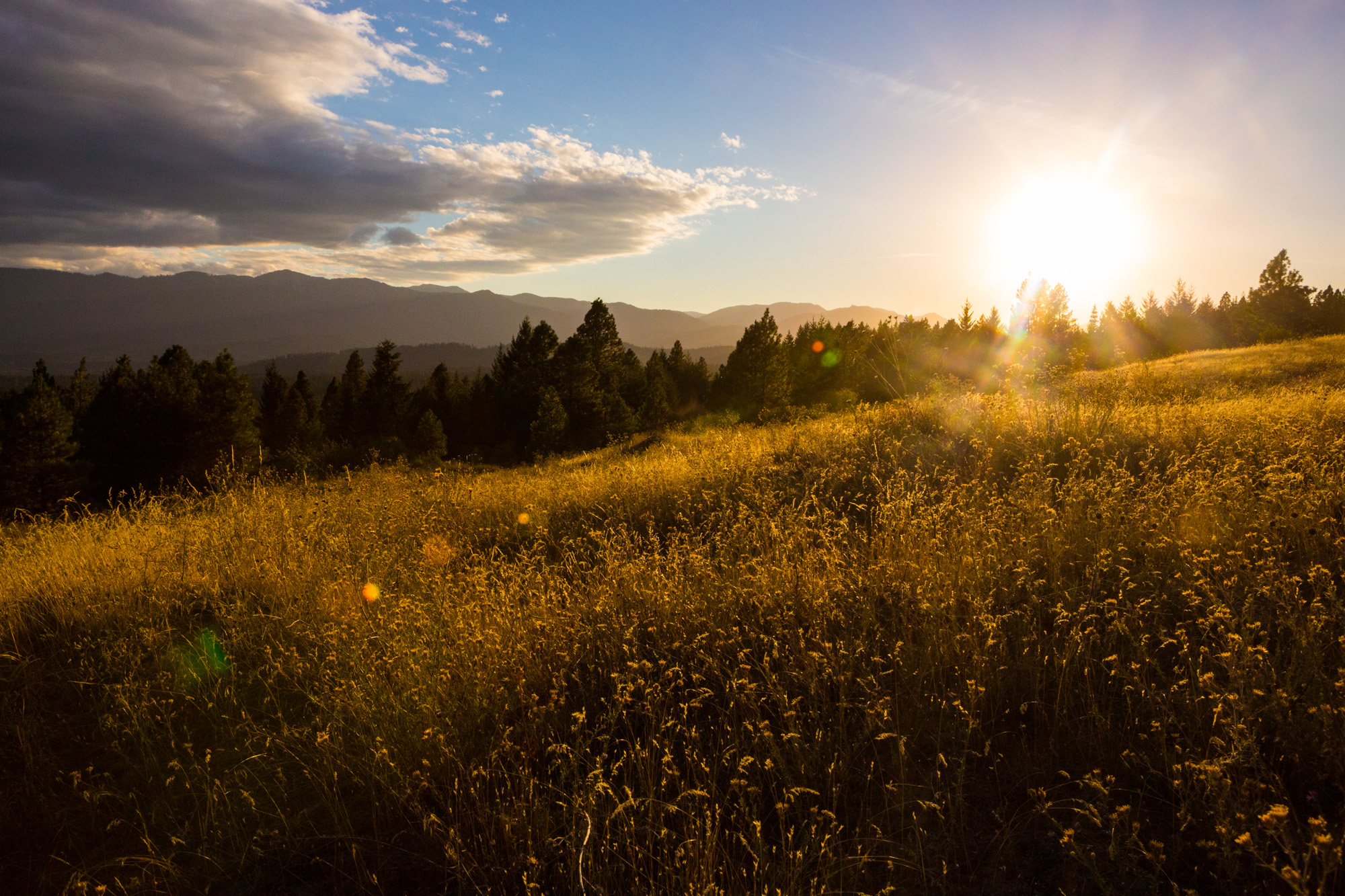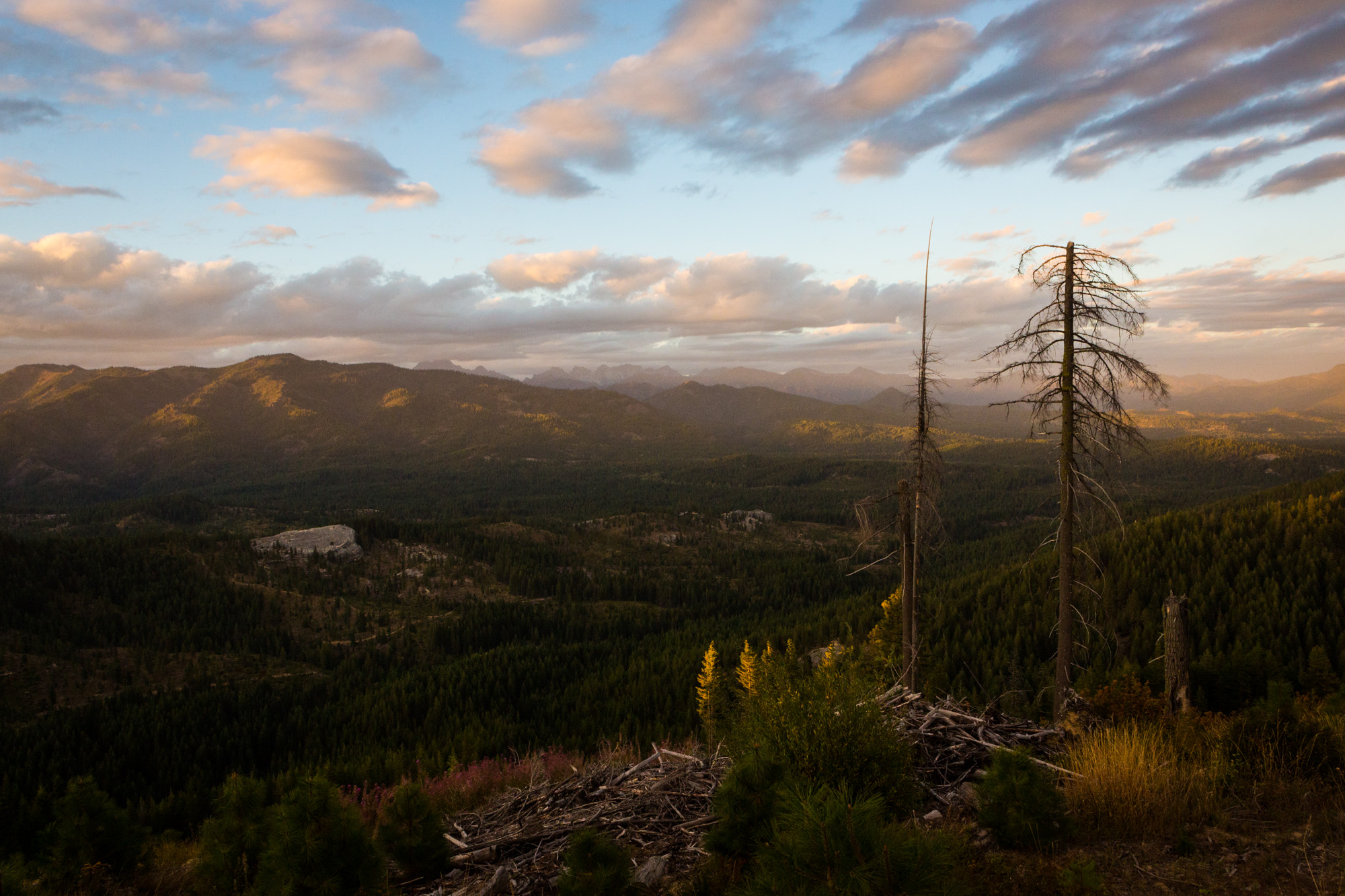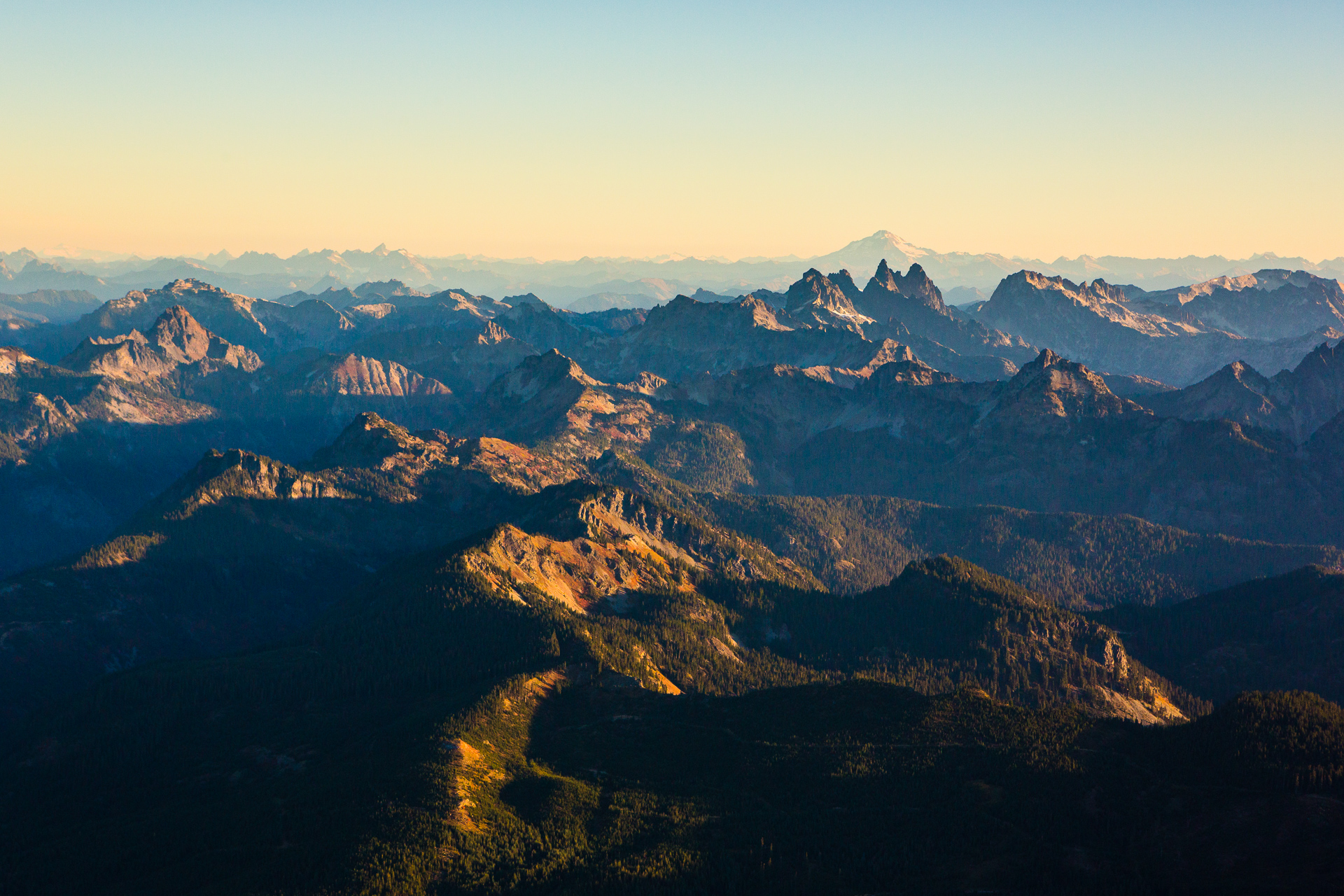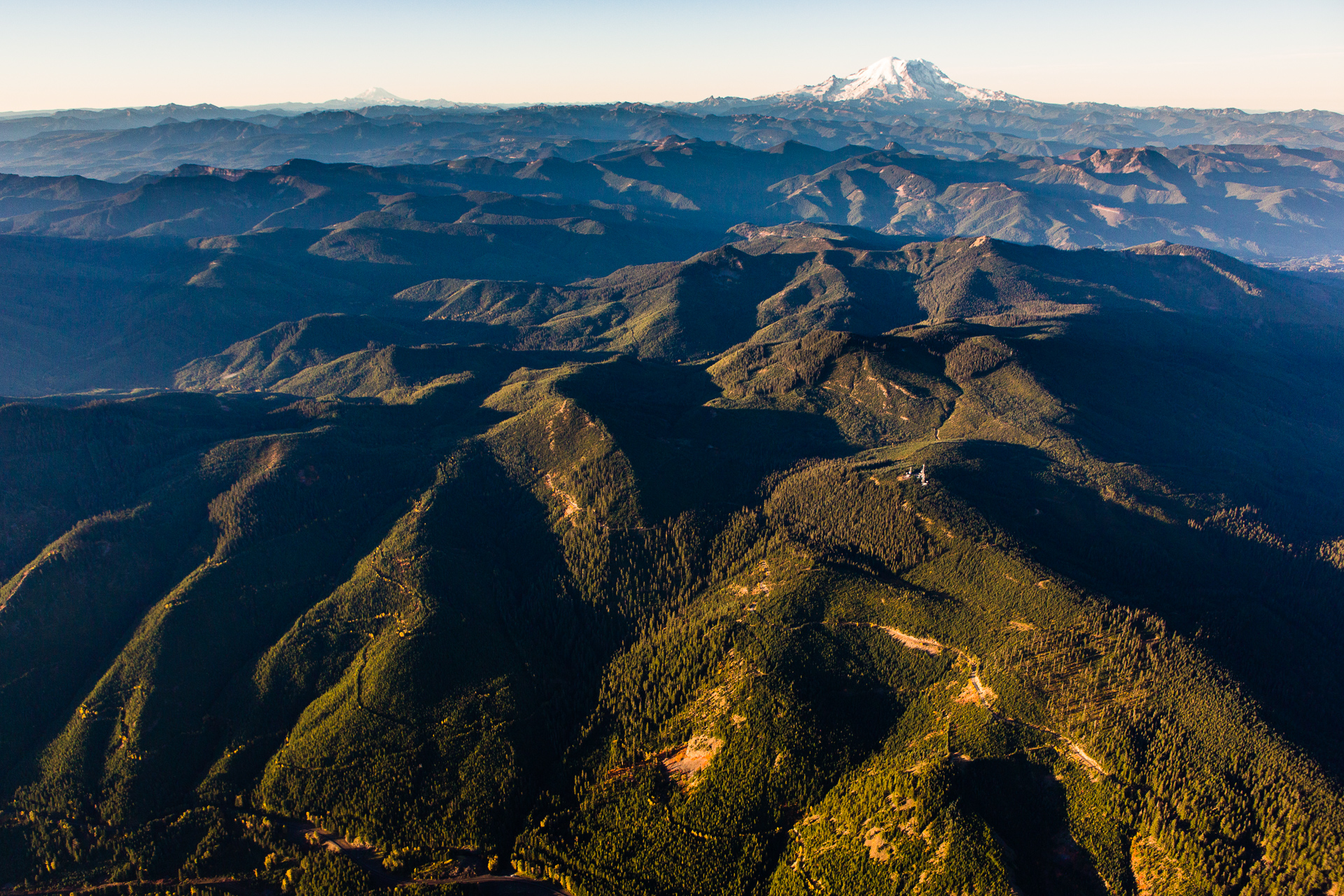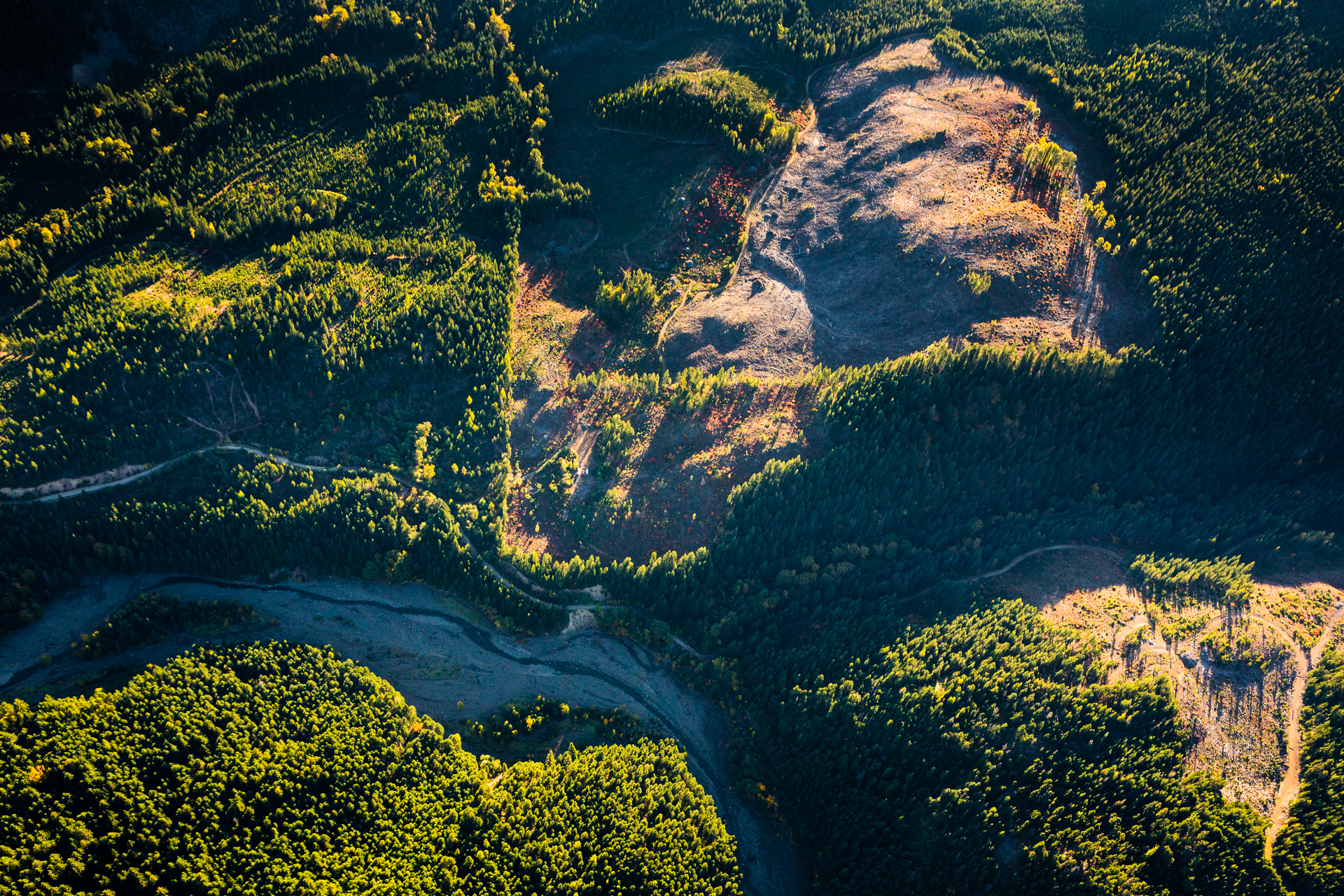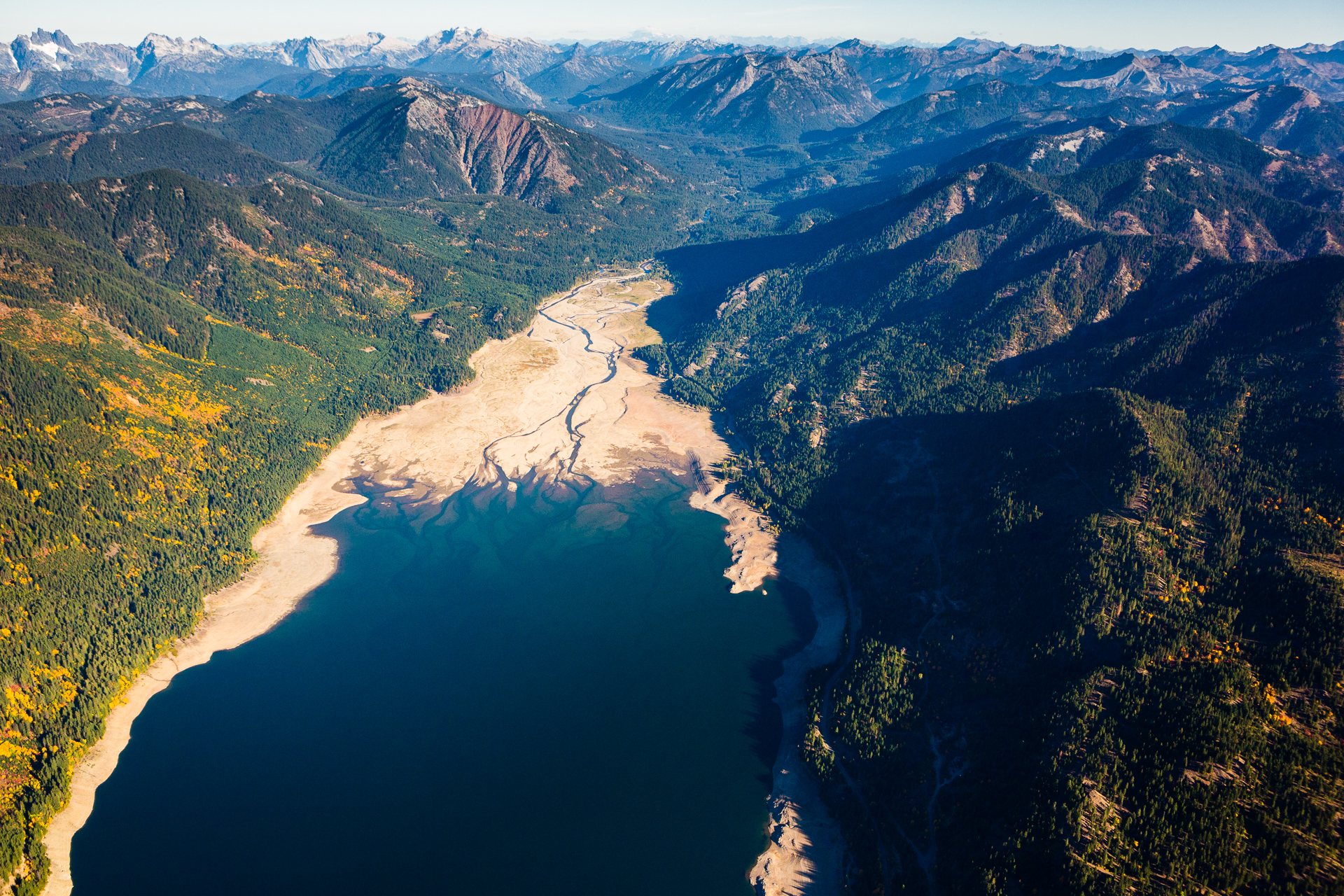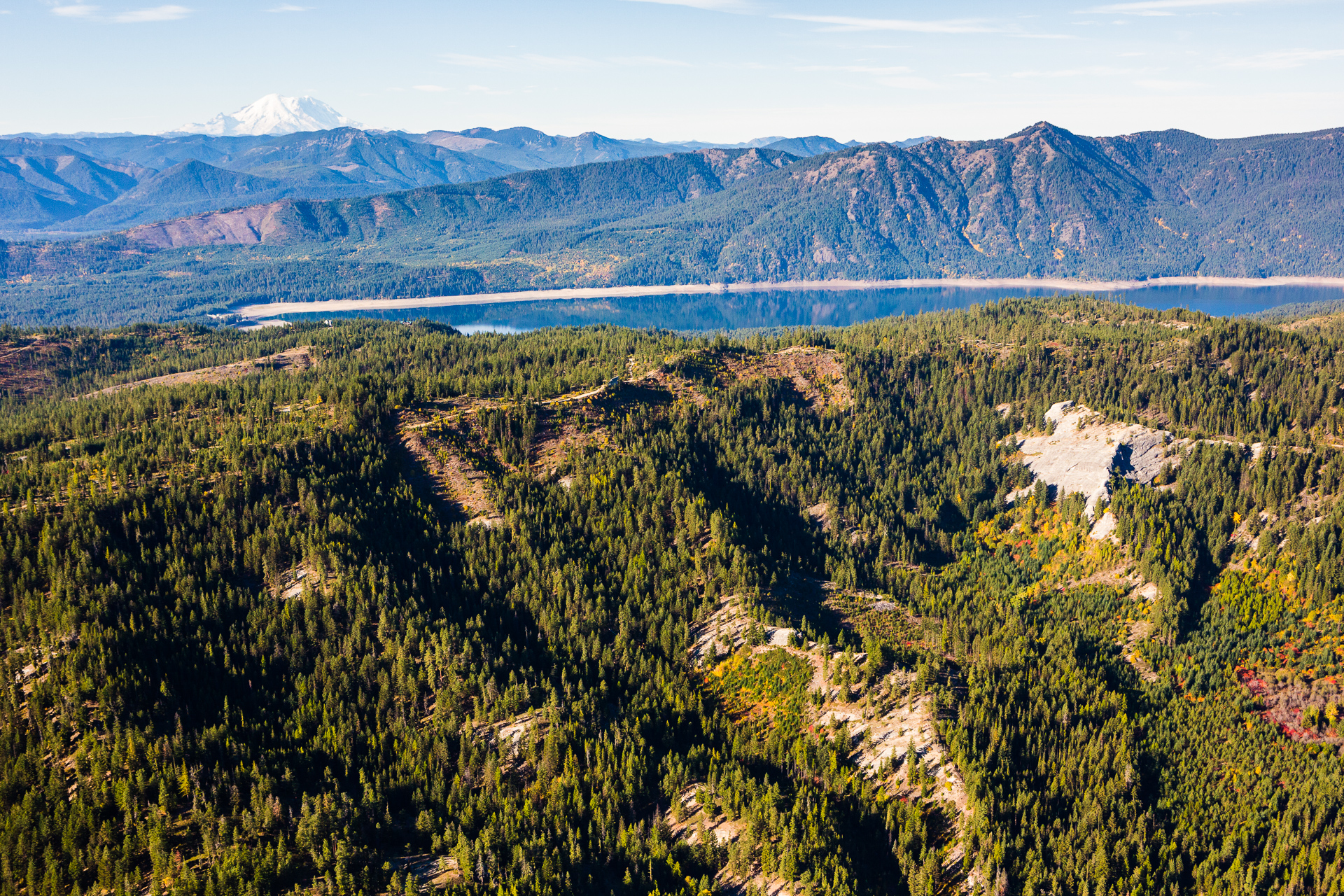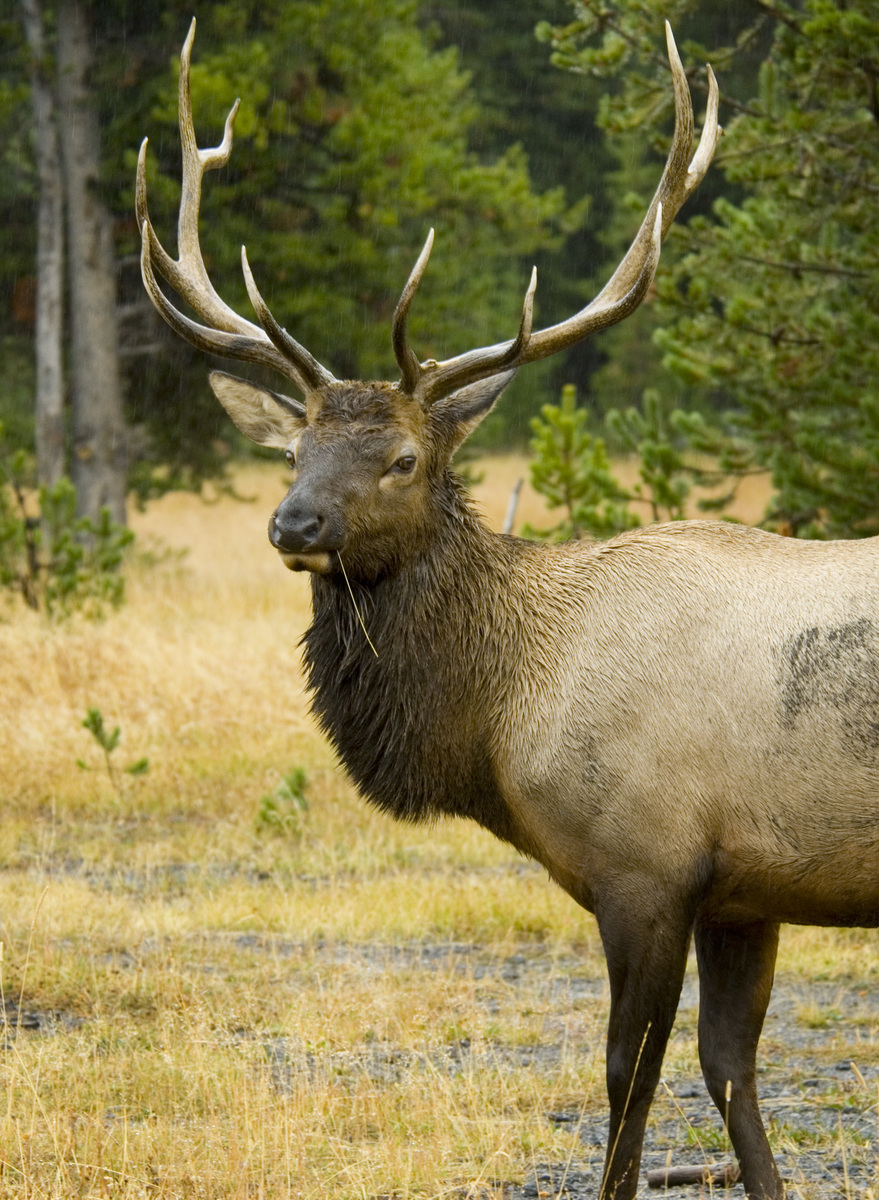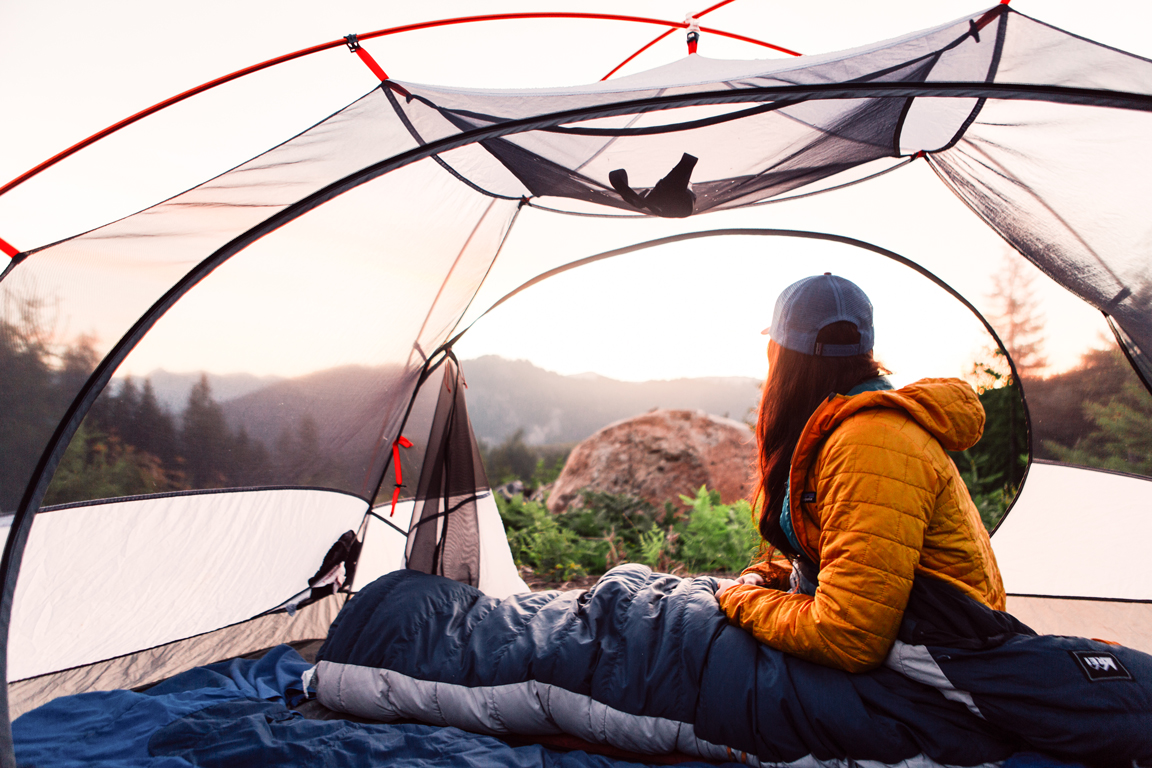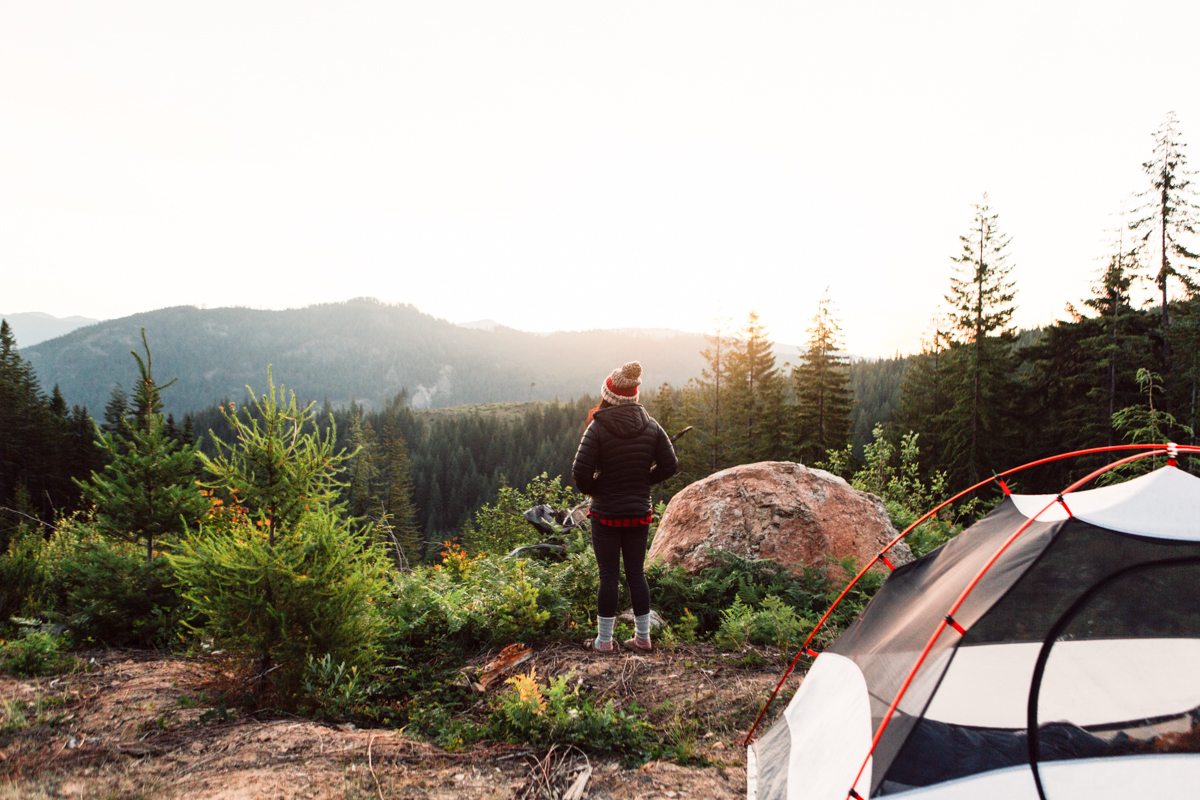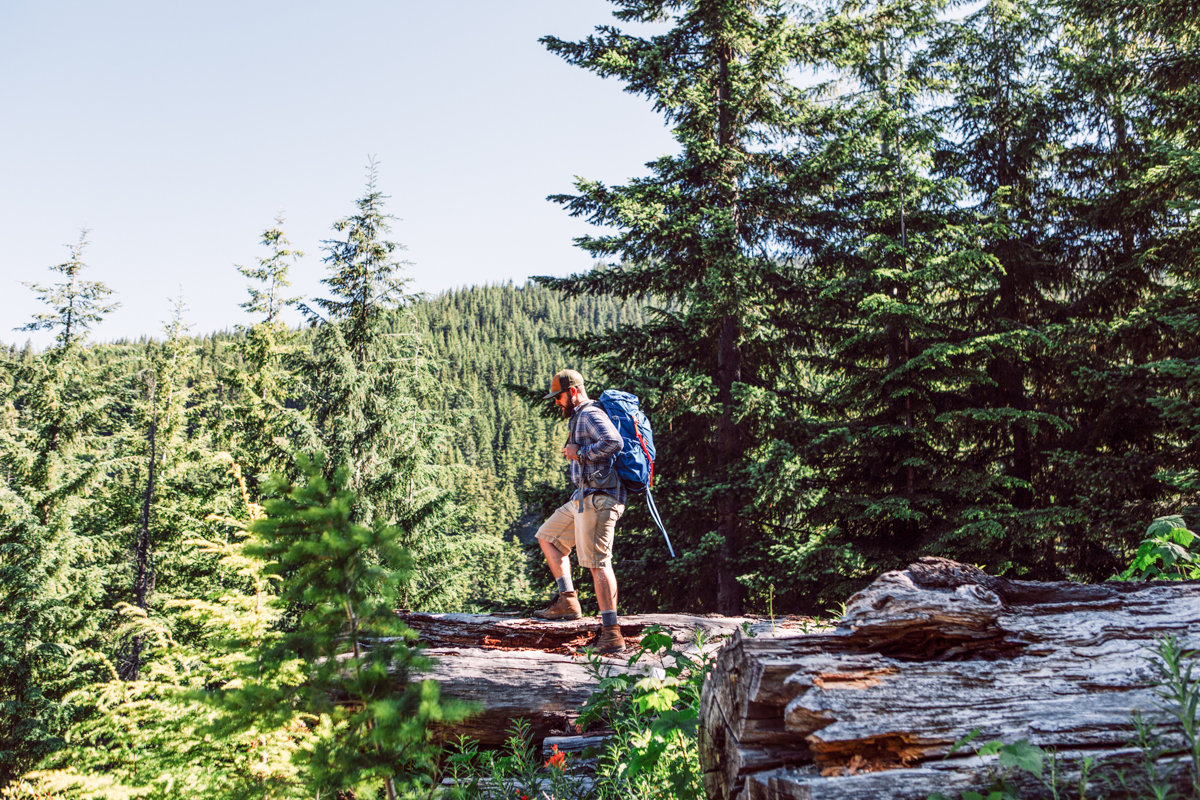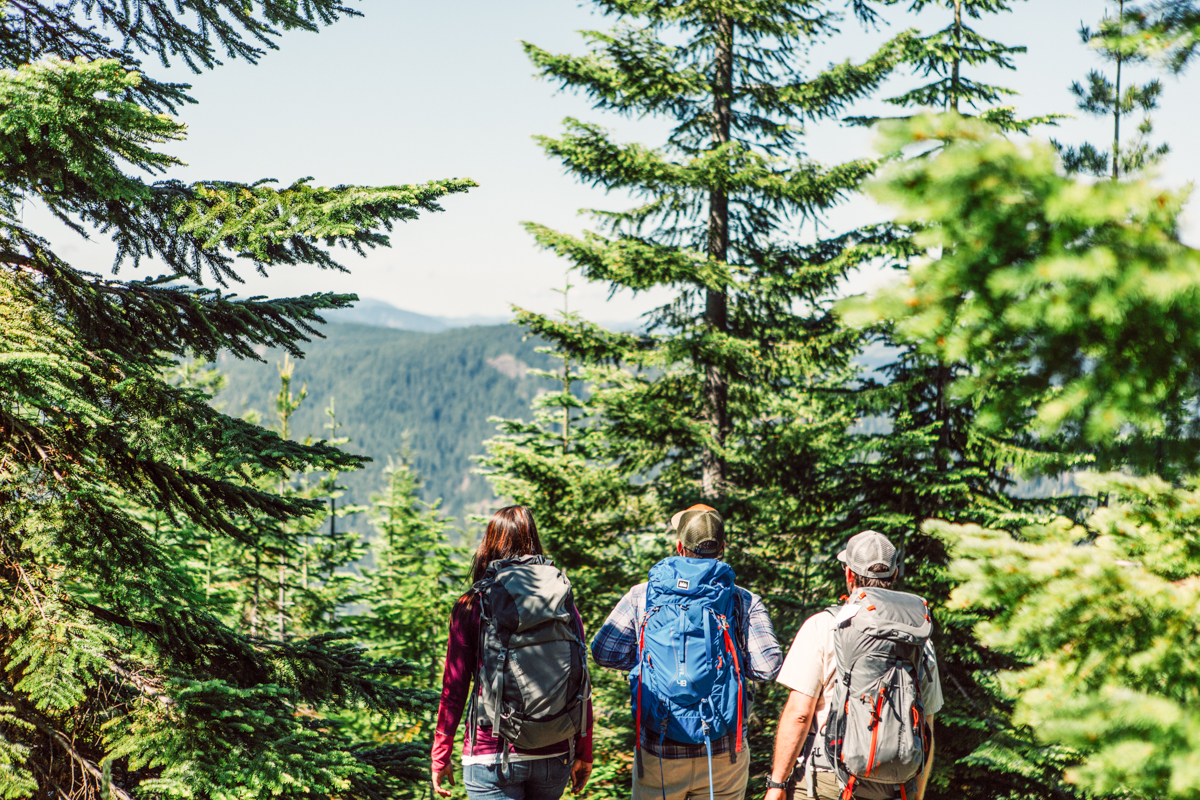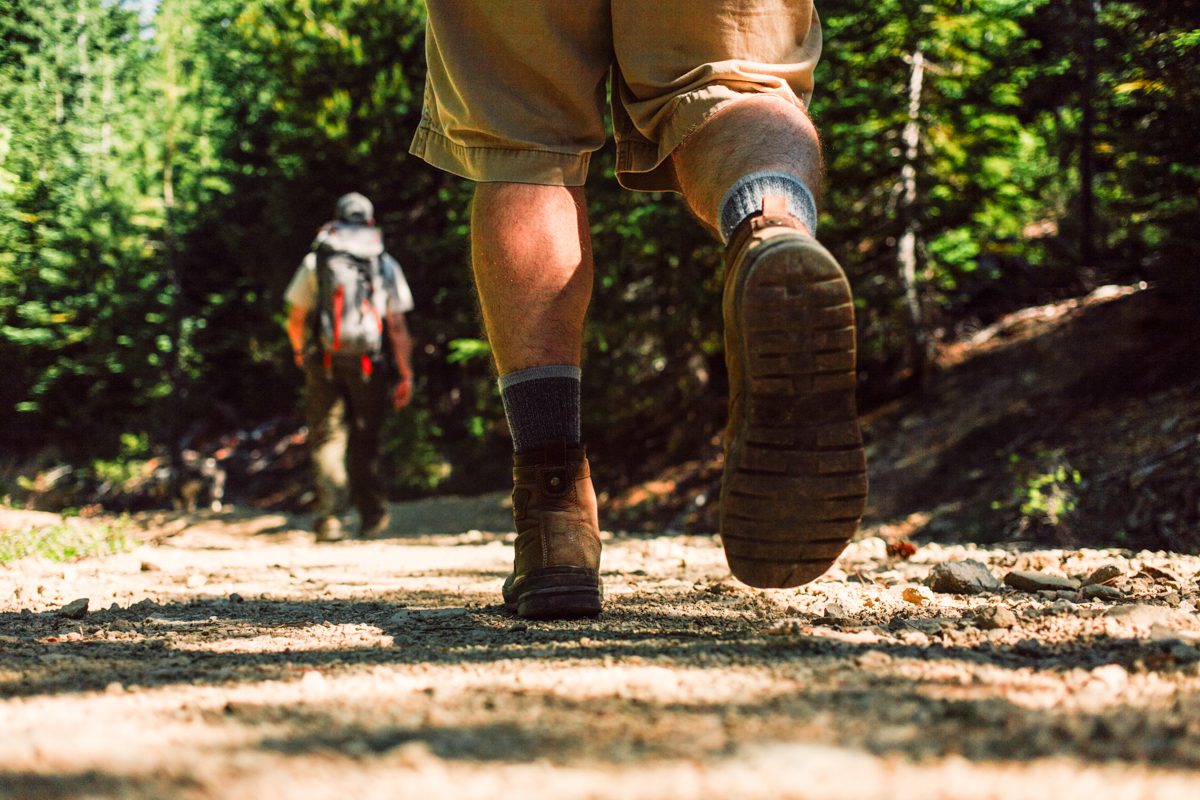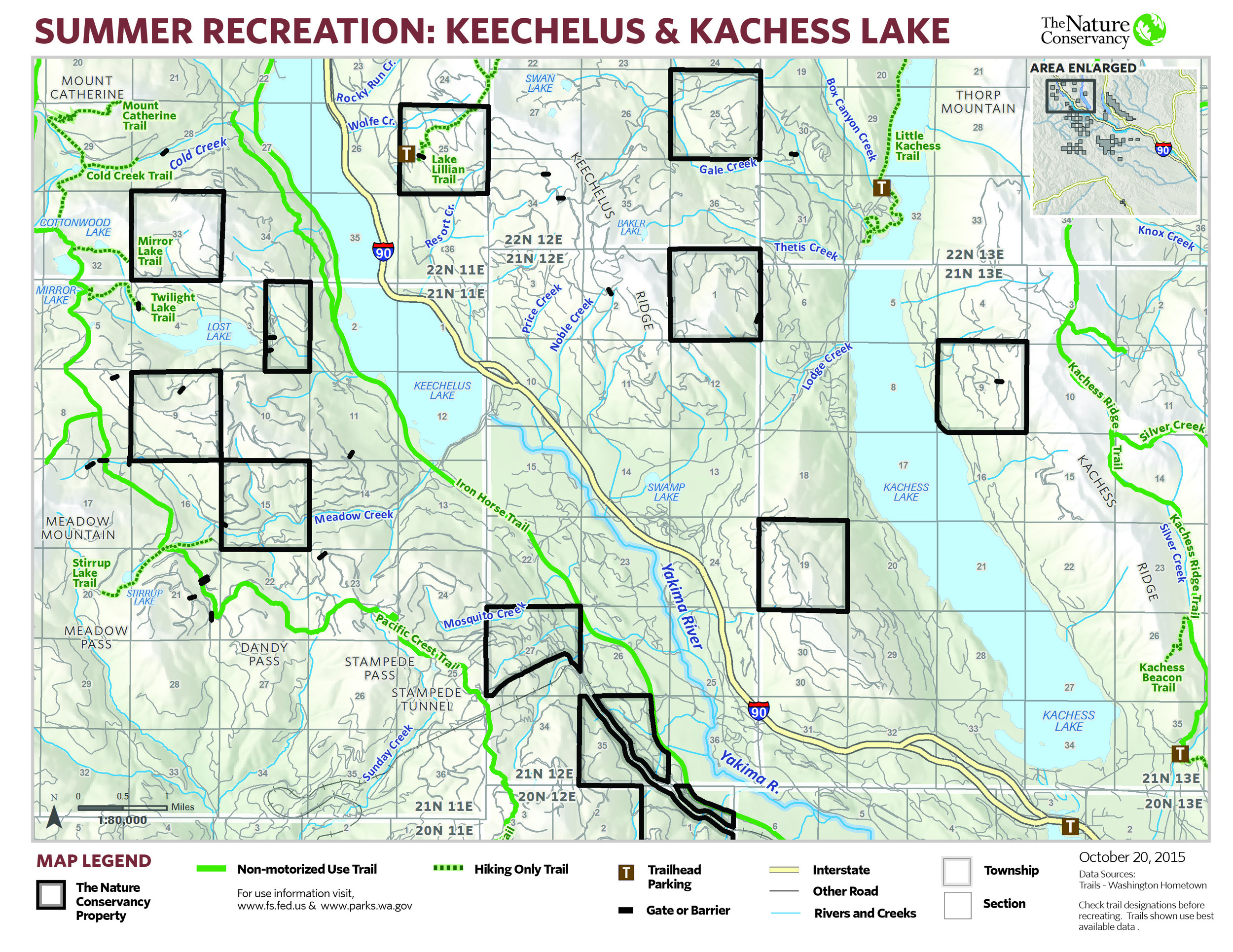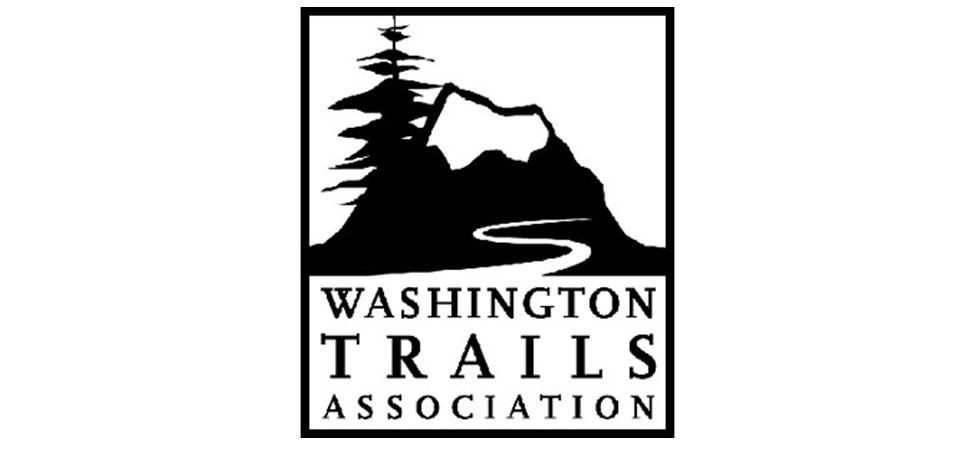Land Use Policies
The Nature Conservancy (TNC) allows responsible use of the Central Cascades Forest for public recreation. There is no fee for recreational access. Hazards exist, however, so recreationists must use caution and enter at their own risk. In particular, the Central Cascades Forest is a working forest with ongoing logging and land management activities that may pose a danger to recreational users. Recreationists must pack out all garbage and follow leave no trace practices across the landscape to protect natural resources, fish, and wildlife.
The following policies govern recreation on the Central Cascades Forest and will be strictly enforced in cooperation with the Washington Department of Fish and Wildlife, U.S. Forest Service, and state and local law enforcement agencies.
MAPS AND TABLES SHOWING AUTHORIZED SUMMER AND WINTER TRAILS ARE AVAILABLE HERE.
Non-motorized use is permitted on all lands, throughout the year, unless otherwise posted. TNC encourages non-motorized users to stay on roads and trails unless the activity involves cross country travel such as hunting, collecting forest products, or winter travel with adequate snow cover.
It is prohibited to cut switchbacks when traveling on an established trail system. Cutting switchback destroys vegetation, ruins the trail, and causes erosion.
Mountain bikes must stay on designated trails and roads to reduce impacts to soil, vegetation and wildlife.
Wheeled motorized use is permitted only on open roads and trails authorized for their use. Off-road and off-trail use damages the land and is strictly prohibited. To travel on open roads, a vehicle must be street legal according to Washington state law, and the operator must possess a valid driver’s license. Wheeled motorized use will continue to be prohibited on the Cle Elum Ridge (north of I-90). Exceptions to this closure are Forest Service roads 4305, 4305-118 and Forest Service Trail #1340/Sasse Mountain Trail.
Off-highway vehicles (OHVs) include motorcycles, all-terrain vehicles, and 4x4s. OHVs are required to stay on open roads and authorized trails that are signed and designated for their use. ATVs are permitted only on the Naches Pass Trail (Forest Service Trail #684). Off-road vehicle trails are closed to all motorized travel in the spring until trail systems are passable. Additional information on opening dates is available at www.fs.fed.us.
Access in many areas is controlled through locked gates, berms, or deep ditches (tank traps) to prevent unauthorized use. Closed roads and trails are often posted as such by TNC. However, a closed gate or other closure device without a sign should also be treated as closed to all unauthorized wheeled motorized vehicles. Road and trail restrictions apply even if a sign, gate or closure device has been vandalized or damaged. Gates must not be blocked as administrative, contractor or emergency traffic may need to pass through at any time.
Washington State law (RCW 46.09.470) requires all OHVs to be equipped with the following:
Approved spark arrestor to reduce the risk of human-caused wildfires.
Muffler that limits sound levels to 105 dBA at 20 inches from the tailpipe and 86 dBA as the OHV passes by 50 feet away.
Vehicles are required to be weed-free before traveling off-highway on the Central Cascades Forest. Thoroughly washing OHVs will ensure that seeds are removed and will help mitigate the spread of invasive and noxious weeds.
Snowmobiles and other over-snow vehicles are permitted on groomed trails authorized for their use and cross country with adequate snow cover, unless otherwise posted. TNC partners with Washington State Parks to allow grooming for a variety of motorized and non-motorized winter activities. For detailed trail information and other policies visit www.parks.wa.gov.
Gates must not be blocked as administrative, contractor or emergency traffic may need to pass through at any time.
Authorized trails have been identified and mapped by TNC and can be found here. This includes information on the type of trail, name (if applicable), and permitted use. Additional trail information including mileage, trailhead access and seasonal closures is also available at the following sources:
Winter trails
www.parks.wa.gov
www.kongsbergers.org
www.wta.org
Summer trails
www.fs.fed.us
www.ci.roslyn.wa.us
www.roslyntrails.com
www.wta.org
After consideration of environmental, social, economic and historical values of the Central Cascades Forest, TNC has determined that all existing authorized trails will remain open for public use. This includes motorized and non-motorized groomed winter trail systems managed by Washington State Parks.
Wheeled motorized use will continue to be prohibited on the Cle Elum Ridge until the Conservancy has further evaluated the suitability of this area for wheeled motorized recreation and has coordinated with adjacent land owners and other user groups. Exceptions to this are Forest Service Roads 4305, 4305-118 and Forest Service Trail #1340/Sasse Mountain Trail. The non-motorized user-made trails shown on the Cle Elum Ridge Summer Trails map will also be assessed with a focus on design, placement and compatibility with different user group.
TNC approves use of the popular Rat Pac mountain bike trail and will sign a maintenance agreement with Kittitas County Parks and Recreation District.
TNC will routinely assess the suitability of all trails across the landscape. Trails may be relocated to minimize impacts to forest and stream health, wildlife, or conflicts with other forest uses. In cases where trails continue to impact these values, are seen as being in conflict with the management objectives of the property, or create ongoing conflicts with stated recreation policies, they may be permanently closed. In such a case, TNC would notify and directly work with local, state, and federal partners to minimize the impact on responsible recreational users. TNC would also use regular methods to proactively communicate with effected user groups and local communities.
Maps and tables showing authorized summer and winter trails are available here.
Building, relocating or decommissioning roads or trails is strictly prohibited without prior written consent. TNC may agree to the construction of new trails in special circumstances or if an opportunity arises that would support land management objectives and people appropriately using the land. TNC will work closely with local, state, and federal partners to coordinate requests to build new trails that cross property boundaries.
If new trails are approved, TNC will promote and look toward partnerships with recreational user groups, state and federal agencies, and volunteers for trail maintenance. As recreation management is not the mission of the organization, and no internal resources or expertise is available to manage a trail maintenance program, TNC will not take on this responsibility.
Domesticated animals are allowed for recreational purposes only and must be attended to at all times. The use of certified weed-seed-free livestock hay, forage and bedding is required. Animals should be kept at least 200 feet from water except when watering animals or traveling on established trails. Livestock should not be tied directly to trees because it can cause damage to the trees, plants and soil around them. A high-line should be used instead. Before leaving a campsite, manure should be scattered and the site should be left in as good or better shape than it was found.
Grazing is not permitted without a permit and prior approval of a grazing plan.
Dogs should be under owner-control at all times. Trail-specific guidelines should be referenced to determine if dogs are allowed or are required to be on a leash.
Hunting and fishing is permitted in accordance with relevant state laws managed by the Washington Department of Fish and Wildlife. Additional information can be found on their webpage at www.wdfw.wa.gov.
Trapping of game or non-game wildlife is prohibited except with written permission under special circumstances.
Target shooting is prohibited year-round on the Central Cascades Forest because of risk to the safety of public recreational users, contractors, and forest managers, potential damage to natural resources, and fire risk.
Dispersed camping is permitted in accordance with regulations of the Okanogan-Wenatchee National Forest.
Camping is limited to 14 days per site and must not be left unattended for more than 3 consecutive days.
Camping beyond 14 days requires relocating to a new site at least 5 miles from the original site.
In order to minimize conflicts with wildlife, food, garbage and all other attractants must be acceptably stored at all times.
Leave the land as clean or cleaner than you found it and pack out all trash.
Pack out or bury all human waste at least 6 inches deep, 200 feet away from water, trails and campsites
Additional information is available at www.fs.fed.us.
Because the Central Cascades Forest is privately owned and not part of the National Forest system, local and state fire restrictions must be followed. If campfires are permitted, specific use guidelines must be followed.
During campsite occupation, downed wood may be used for firewood only within that campsite. Campers must leave all plants, shrubs, trees, and standing snags undisturbed. No live trees may be cut by campers
Fires must be extinguished properly by drowning the fire in water and stirring the embers to ensure that everything is wet. Embers should be cool to touch before leaving the fire unattended.
Permanent and semi-permanent camping structures or cabins (e.g., hunting or camping cabins) are prohibited from being constructed within the Central Cascades Forest. A written notification will be posted on any structures found by forest managers, contractors, or law enforcement partners and the structure will be removed after 14 days or as soon thereafter as resources become available.
Collecting firewood (up to 5 cords of downed wood) for non-commercial purposes is allowed by permit only. TNC staff will provide information on required guidelines, including where firewood can be collected. Vehicles must stay on open roads for wood retrieval. Requests can be made below.
Cutting or transplanting Christmas trees is not permitted on the Central Cascades Forest without a permit. Non-profit organizations may request permits subject to forest conditions and TNC’s discretion.
Collecting non-timber forest products like mushrooms, cones or berries for non-commercial purposes is allowed by permit only. Requests can be made below.
Special events such as bicycle races or tours, running races, poker rides or other organized activity are allowed by permit only. Requests can be made below.
Commercial use will be determined on a case-by-case basis and require a negotiated agreement. Contact us with questions or requests.
Possessing or discharging fireworks is prohibited year-round.



